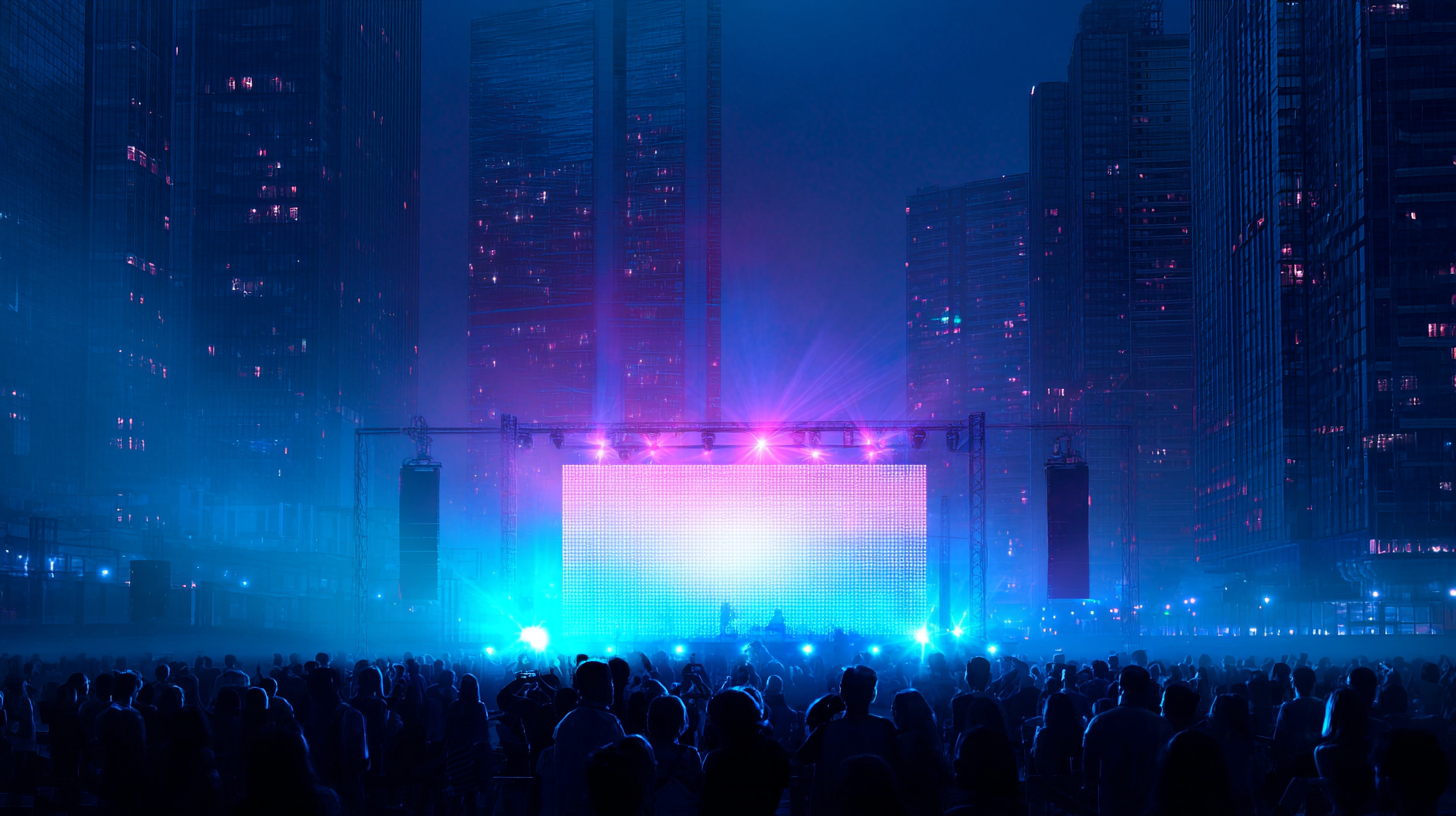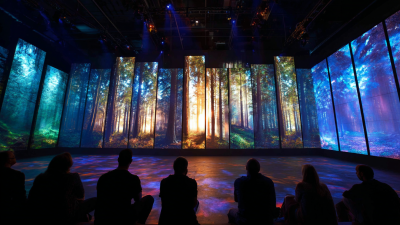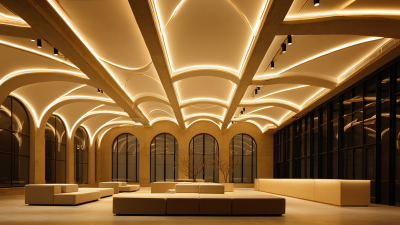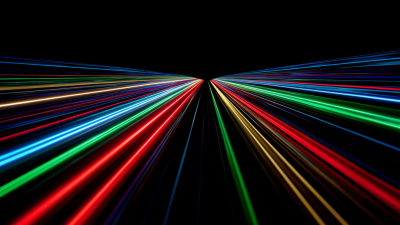 +86-750-3598205
+86-750-3598205


As we step into a future increasingly dominated by visual communication, LED display screens have emerged as a cornerstone technology, reshaping the way we engage with information and entertainment. According to a recent report from MarketsandMarkets, the global LED display market is projected to grow from $16.5 billion in 2020 to $25.8 billion by 2025, highlighting the rapid adoption and integration of this technology across various sectors. The innovative potential of LED display screens lies not only in their capabilities for dynamic content but also in their efficiency and versatility, making them indispensable in retail, advertising, sports, and transportation industries.
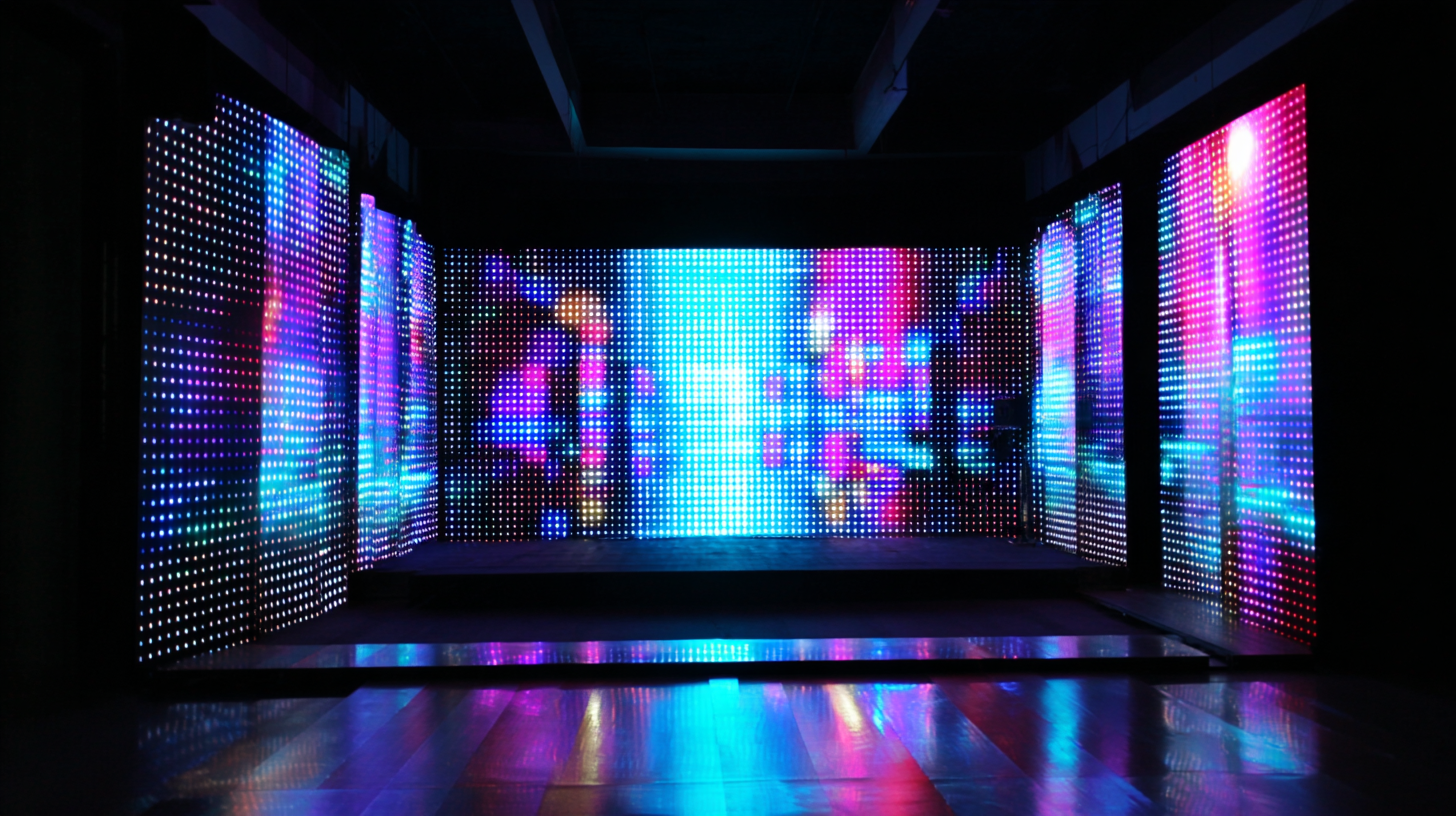
Industry expert Dr. Emily Chen, a leading figure in the LED technology field, emphasizes the transformative impact of these screens: “LED display screens are not just tools for communication; they are gateways to immersive experiences that redefine audience engagement.” As we explore the top 10 LED display screens of 2025, we delve into the cutting-edge advancements poised to revolutionize visual experience. From higher resolution capabilities to enhanced brightness and energy efficiency, these innovations promise to elevate both aesthetic and functional standards in the realm of digital displays.
In this landscape of rapid technological evolution, understanding the features that distinguish the best LED display screens will be crucial for businesses and consumers alike. By analyzing market trends and expert insights, we aim to provide a comprehensive overview of how these visual marvels will shape our interactions, create memorable experiences, and define the future of visual communication.
The emerging trends in LED display technology for 2025 are set to revolutionize visual experiences across various sectors. A key area of growth identified by TrendForce is the near-eye display market, which is expected to witness significant expansion due to advancements in display resolution and decreased production costs. These near-eye displays are poised to enhance user engagement in applications ranging from virtual reality to augmented reality, providing immersive experiences that blend the digital and real worlds seamlessly.
Additionally, insights from the Society for Information Display's Display Week Conference reveal that innovations in LED technology, such as microLED and flexible displays, will play a crucial role in driving market growth. As the LED display screen market anticipates a valuation of USD 19.5 billion by 2034, driven by a compound annual growth rate of 6.2%, the integration of intelligent features and enhanced interactivity is also becoming paramount. These developments highlight a shift towards more dynamic visual solutions, catering to the growing demands for high-quality digital content across various platforms and industries.
| Rank | Display Size (inches) | Resolution | Brightness (nits) | Refresh Rate (Hz) | Power Consumption (W) |
|---|---|---|---|---|---|
| 1 | 65 | 4K UHD | 2000 | 120 | 150 |
| 2 | 75 | 8K UHD | 1800 | 144 | 200 |
| 3 | 55 | Full HD | 2500 | 60 | 120 |
| 4 | 85 | 4K UHD | 3000 | 120 | 210 |
| 5 | 90 | 8K UHD | 1600 | 160 | 220 |
| 6 | 32 | HD | 2000 | 60 | 70 |
| 7 | 120 | 4K UHD | 1600 | 144 | 350 |
| 8 | 50 | HD | 2700 | 75 | 100 |
| 9 | 43 | Full HD | 2400 | 60 | 90 |
| 10 | 98 | 8K UHD | 1500 | 120 | 300 |
The evolution of LED display screens continues to push the boundaries of visual technology, creating immersive experiences that captivate audiences like never before. According to a report by MarketsandMarkets, the global LED display market is projected to reach $28.4 billion by 2025, reflecting a compound annual growth rate (CAGR) of 13.7%. This growth is driven by the innovative features integrated into modern LED screens, which enhance user interaction and satisfaction.
One standout innovation is the development of microLED technology, providing unprecedented resolution and color accuracy. This technology offers a pixel density that outperforms traditional LED displays, resulting in sharper images and more vibrant colors. Additionally, advancements in smart connectivity features, such as seamless integration with IoT devices, allow users not only to customize their viewing experience but also to interact with content in real time. A recent report by Grand View Research emphasized that consumers increasingly prefer displays with intelligent features, leading to widespread adoption in sectors like advertising, gaming, and sports.
Moreover, energy efficiency has become a pivotal aspect in the design of these displays. New generation LEDs consume up to 50% less energy compared to earlier models, providing both environmental benefits and cost savings for users. This shift towards sustainability is crucial as the demand for cleaner technologies rises. As we look toward 2025, the trajectory of LED display innovation signals a significant leap in how we perceive and engage with visual content.
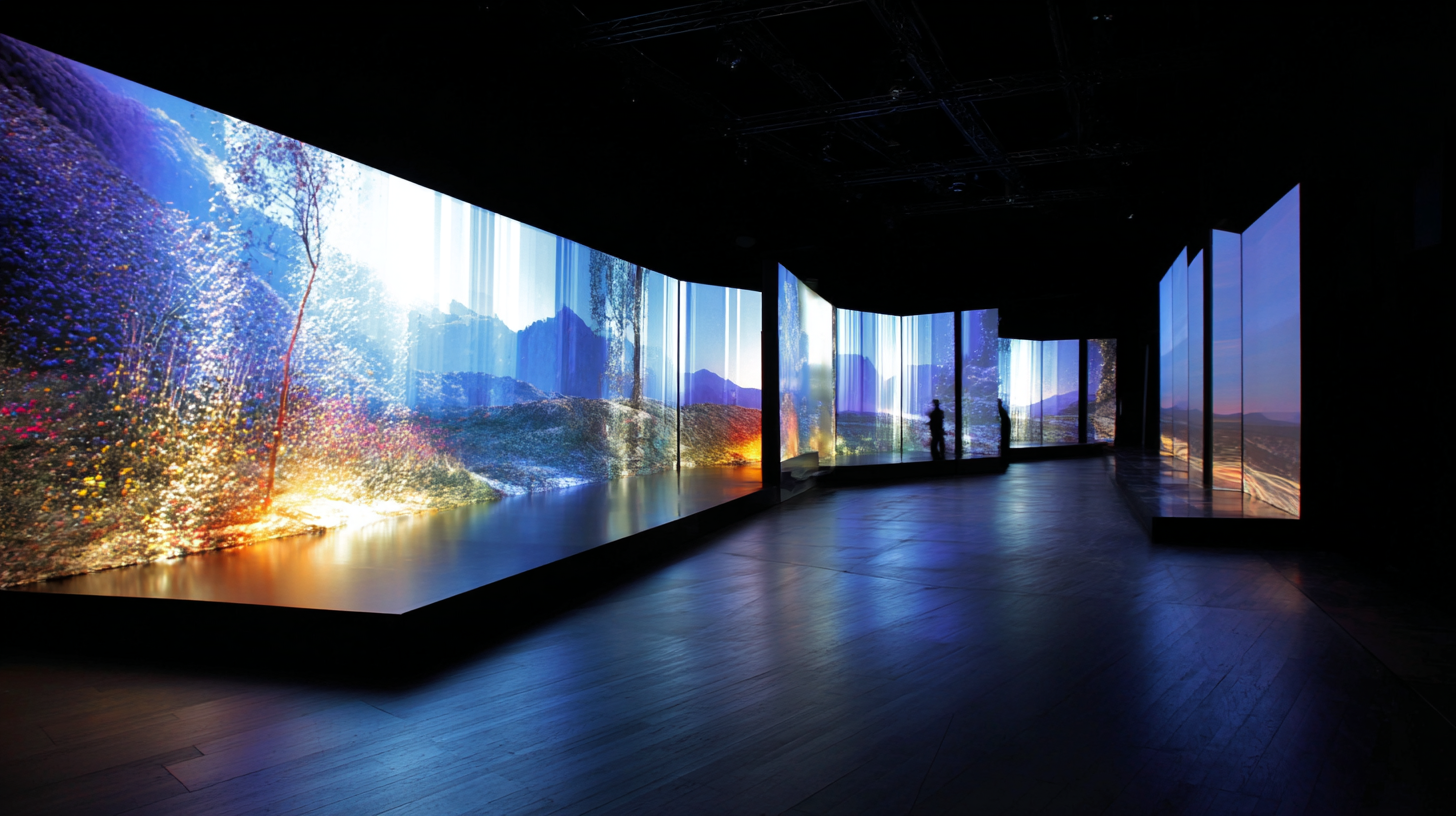
The future of LED display technology is poised for a major transformation, as advancements in sustainability and energy efficiency take center stage. Recent developments in eco-friendly blue quantum dot LEDs emphasize the potential for displays that not only deliver enhanced brightness and stability but also operate with high efficiency, reducing energy consumption significantly. The outdoor LED display market, valued at USD 9.3 billion in 2023, is expected to grow at a CAGR of over 10% through 2032, highlighting an increasing demand for innovative, energy-efficient solutions.
As the industry shifts toward AI-optimized designs, companies are introducing products that prioritize sustainability. For instance, the recent launch of color e-paper technology showcases a commitment to delivering digital signage that minimizes energy usage while maintaining high-impact visuals. These innovations underscore a crucial trend: the melding of environmental responsibility with cutting-edge technology.
Tips:
In the rapidly evolving world of technology, LED display screens have become a cornerstone for enhancing visual experiences across various sectors. Our comparative analysis of the top 10 LED display brands reveals key performance metrics, innovative features, and user satisfaction ratings. Brands like Samsung and LG dominate the market due to their cutting-edge display technologies and commitment to quality. Each brand brings its unique strengths, from ultra-bright displays to energy-efficient solutions, making it crucial for consumers and businesses to assess their specific needs when choosing an LED display.
**Tips:** When selecting an LED display, consider the environment where it will be used. For outdoor settings, prioritize displays with high brightness and weather resistance. Conversely, in indoor settings, focus on resolution and color accuracy for a more immersive experience. Additionally, evaluating the warranty and customer support can save you from potential future issues.
Another critical factor in your decision-making should be the ease of integration with existing technology. Some brands offer seamless compatibility with various media sources and control systems, which can significantly enhance functionality. Researching user reviews and case studies can provide deeper insights into the long-term performance and reliability of each brand, guiding you toward an informed purchase over time.
As we approach 2025, the applications of LED technology across various industries are set to transform how we interact with the world. From entertainment to healthcare, robust LED display screens are enhancing visual experiences and providing innovative solutions. In retail, LED screens are becoming pivotal for dynamic advertising, allowing brands to engage consumers with eye-catching visuals that can be updated in real-time. This adaptability not only helps in attracting foot traffic but also enhances the shopping experience by providing interactive elements.
In the educational sector, LED displays are revolutionizing classrooms with vivid imagery and interactive features that foster better learning environments. Educators are utilizing large-format screens to present complex information in easily digestible formats, making lessons more engaging. Additionally, the medical field is leveraging LED displays for precise imaging and enhanced visualization during procedures, improving outcomes and patient care.
**Tips:** When considering LED technology for your business, assess the durability and energy efficiency of the screens. Also, think about the scalability of display solutions to accommodate future growth. For educational applications, ensure that the display's resolution aligns with the type of content being presented to maximize clarity and engagement.
